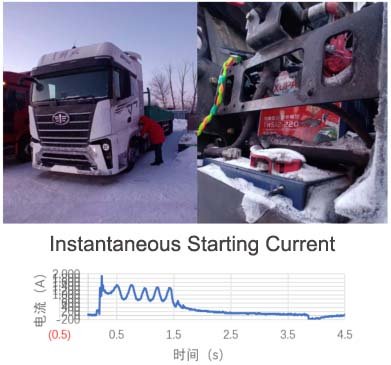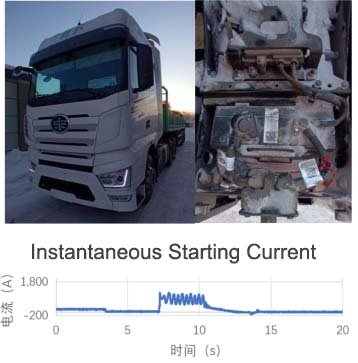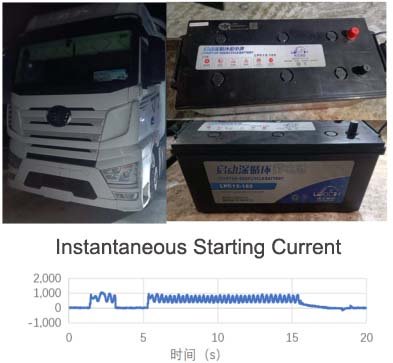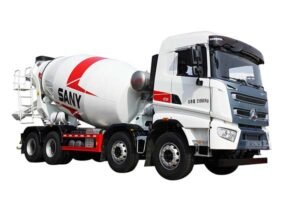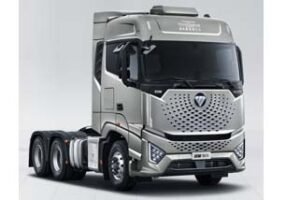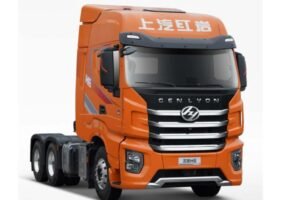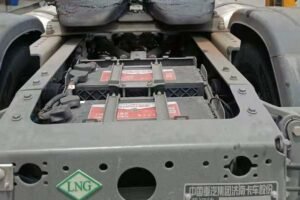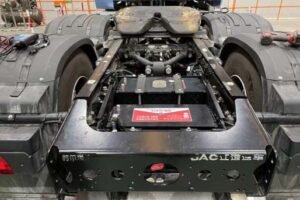An Excellent Power Solution for Armored Vehicles and Heavy Trucks
Challenges in vehicle power management for heavy-duty trucks in Russia, Mexico, Australia, Chile, and Vietnam.
After rolling off the production line, vehicles enter PDI storage and undergo customs clearance at shipping ports, often facing prolonged backlog periods—sometimes exceeding six months. Due to static current drain and port restrictions preventing negative terminal disconnection, severe battery depletion occurs.
Frequent recharging demands significant labor, resources, and high maintenance costs, with some cases even requiring full battery replacements.
Solar Panel Recharging Increases Maintenance Costs and Safety Risks
Depending on factors such as port congestion, weather conditions, vessel speed, and customs clearance, the Ro-Ro shipping cycle typically takes around two months. Upon arrival in Russia, vehicles are often in a state of complete battery drain, usually requiring either battery replacement or recharging to restart. Some OEMs even ship spare new batteries along with the vehicles for replacement upon arrival.
Recharging batteries involves significant labor, resources, and high maintenance costs, while full battery replacement incurs even greater expenses.
Severe winter conditions in the Caucasus, Russia-Ukraine border, and Siberia regions pose extreme challenges to vehicle power systems.
Vehicles frequently experience hard-start or failure-to-start issues, as traditional batteries often fail to meet operational demands in such environments.


“2+1” Industry Practice – Standard configuration includes 2 batteries per vehicle, plus 1 spare battery provided to customers, increasing total battery costs by 30%.
Short Operational Lifespan – Traditional batteries typically last only 9-12 months (even shorter under harsh conditions). Post-warranty failures become OEM liabilities, while also degrading user experience.
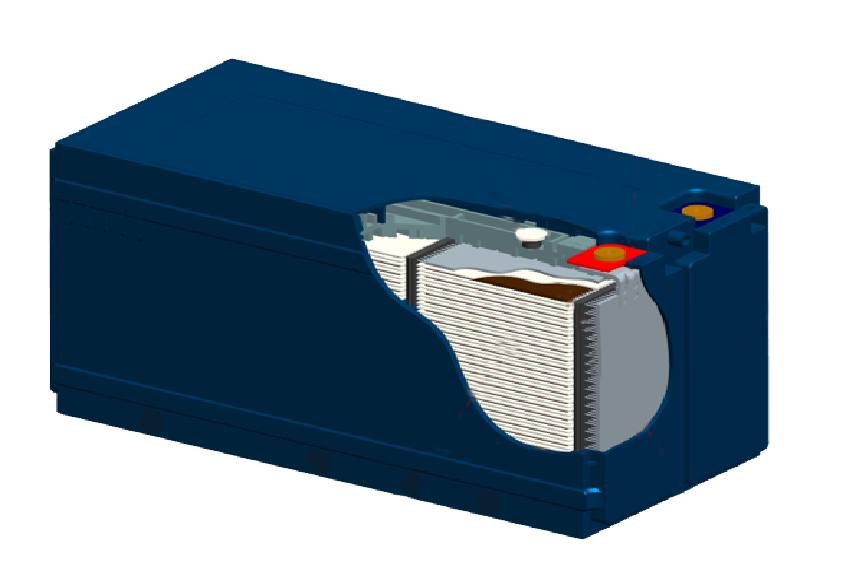
Very low resistance,High discharge voltage platform


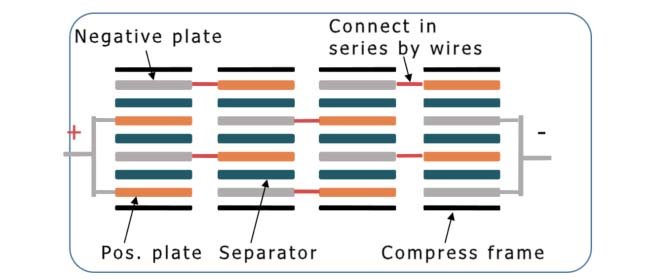
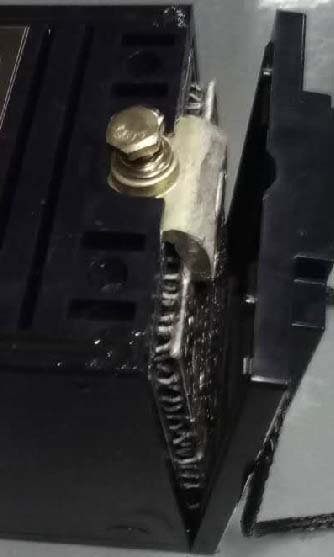
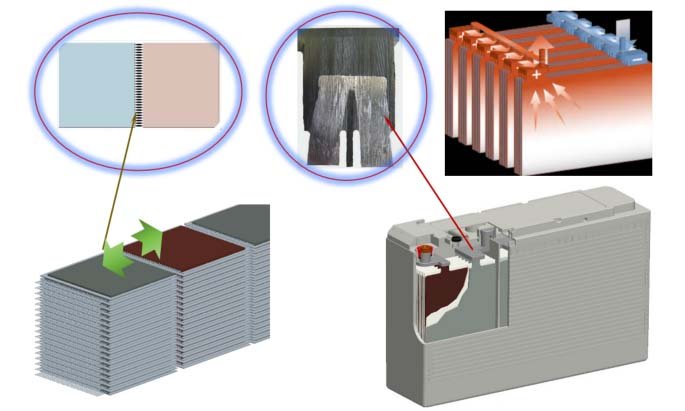
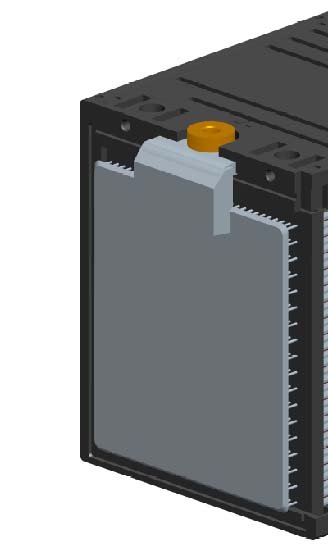
| Product Type | C20 (Ah) | CCA (A) | Length (mm) | Width (mm) | Height (mm) | Total Height (mm) | Weight (Kg) | 50% DOD | Vibration Resistance Level |
|---|---|---|---|---|---|---|---|---|---|
| Bipolar Battery | 180 | 1350 | 504 | 210 | 201 | 221 | 46 | 1400 cycles | 10G120h V4 |
| Flooded | 180 | 900 | 510 | 220 | 196 | 218 | 43 | 260 cycles | 3G8h V3 |
| AGM | 180 | 900 | 512 | 222 | 196 | 218 | 49.5 | 450 cycles | 5G8h V4 |
| Product Type | C20 (Ah) | RC (min) | CCA (A) -18℃ | CCA (A) -41℃ | Length (mm) | Width (mm) | Height (mm) | Total Height (mm) | Weight (Kg) | 50% DOD | Vibration Resistance Level |
|---|---|---|---|---|---|---|---|---|---|---|---|
| Bipolar Battery | 220 | 480 | 1600 | 810 | 511 | 225 | 208 | 228 | 62 | ≥1400 cycles | 10g120h V4 |
| Standard Flooded | 220 | 456 | 1000 | 500 | 516 | 275 | 217 | 237 | 53 | ~260 cycles | 3g8h V3 |
| Standard AGM | 210 | 465 | 1050 | 600 | 516 | 275 | 217 | 237 | 61 | ~600 cycles | 5g8h V4 |
| AGM (220, actual 231Ah) | 220 (actual 231) | 480 | 1100 | 660 | 516 | 275 | 217 | 237 | 64 | ~600 cycles | 5g8h V4 |
| Product Type | C20 (Ah) | RC (min) | CCA (A) | Length (mm) | Width (mm) | Height (mm) | Total Height (mm) | Weight (Kg) | 50% DOD | Vibration Resistance Level |
|---|---|---|---|---|---|---|---|---|---|---|
| Bipolar Battery | 240 | 500 | 1650 | 511 | 225 | 208 | 228 | 61 | ≥1400 cycles | 10g120h V4 |
| AGM | 240 | 480 | 1200 | 516 | 275 | 217 | 237 | 69 | ~500 cycles | 5g8h V4 |
| Item | Flooded & AGM Battery | Bipolar Battery | Advantages |
|---|---|---|---|
| Plate Structure | Single positive and negative plates | Positive and negative plates on a single substrate, low internal resistance | Bipolar plates connected in series, reliable connection, low internal resistance |
| Number of Current-Collecting Lugs | Single lug, current needs to be collected | Multiple lugs, no current collection needed | For a 100mm wide plate, 3-20 lugs ensure uniform current conduction, high active material utilization, and low internal resistance |
| Separator | AGM separator | Enhanced AGM separator | Stronger pressure retention compared to standard AGM separators |
| Plate Connection Method | Positive and negative plates connected in parallel then in series, with 6 cells connected via bridge or through-wall welding | Positive and negative plates on the same substrate, connected in series via bipolar plates, no additional welding required | Direct current flow between cells, low internal resistance, strong high-current charge/discharge capability, and excellent power characteristics |
| Plate Placement | Vertical | Horizontally stacked | Bipolar stacking eliminates electrolyte stratification and concentration polarization |
| Plate Fixation | Suspended on busbar via lugs | Integrated with the battery case cover through 3D sealing | Extremely high vibration resistance |
| Terminal Structure | Terminal post welded to lead sleeve | Large-area cast-welded copper terminal with high conductive area | High current conduction, low temperature rise during charge/discharge |
| Busbar | Immersed in acid | Completely isolated from acid, wrapped and fixed with epoxy | No risk of busbar corrosion or breakage |
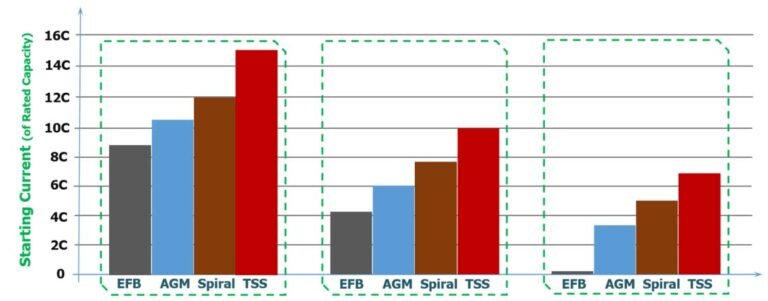
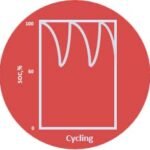
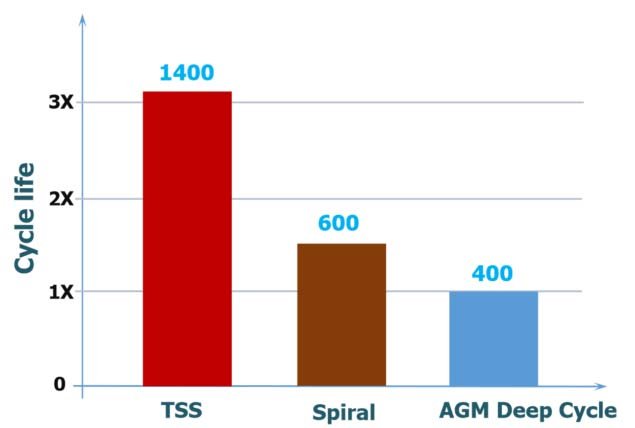
Test models
Test Procedure(25-30℃):
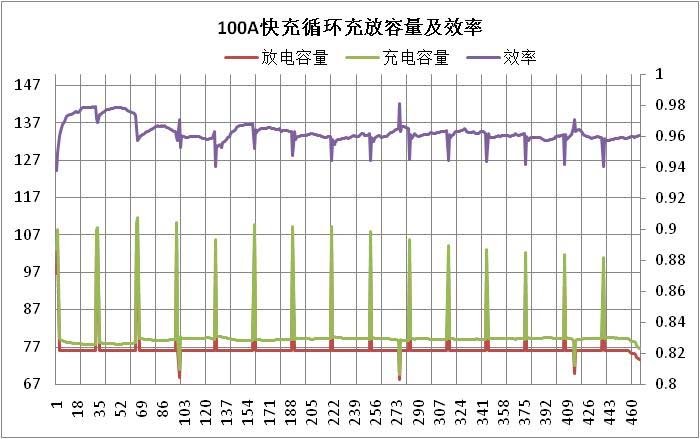
Super Fast Charge
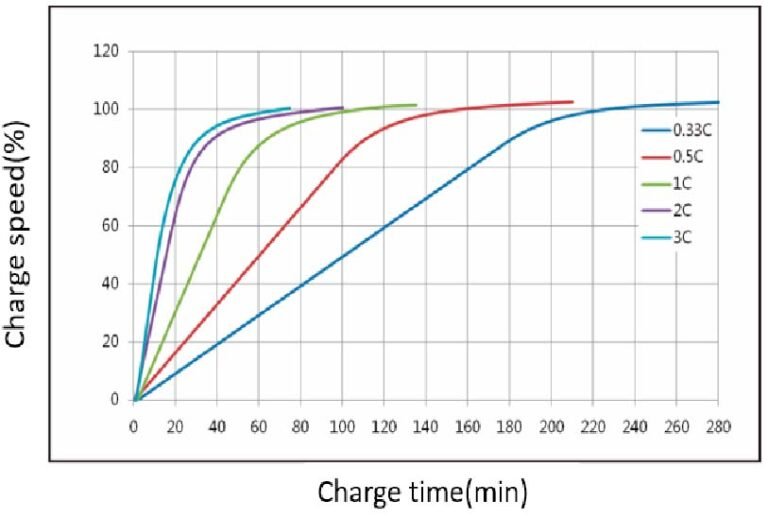
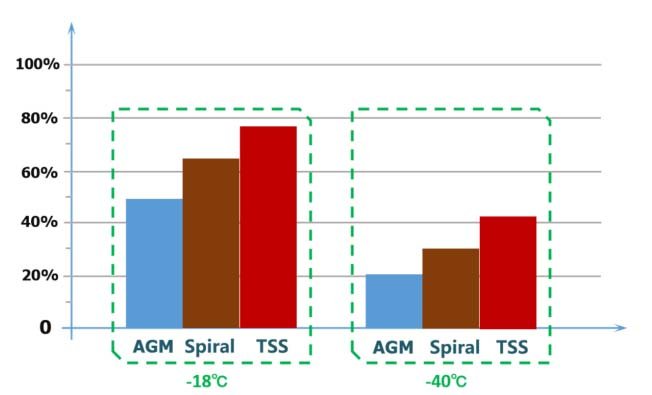
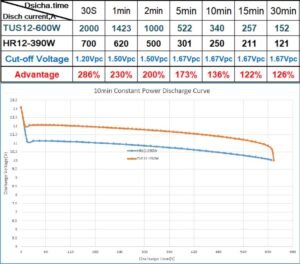
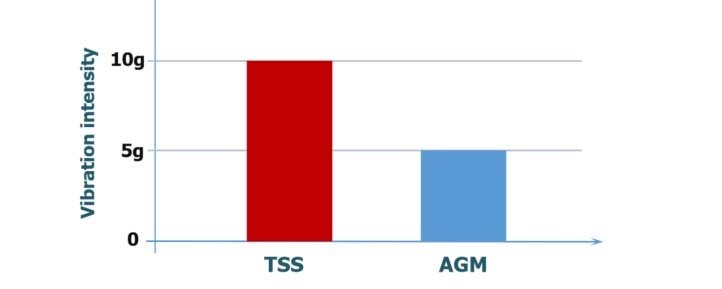
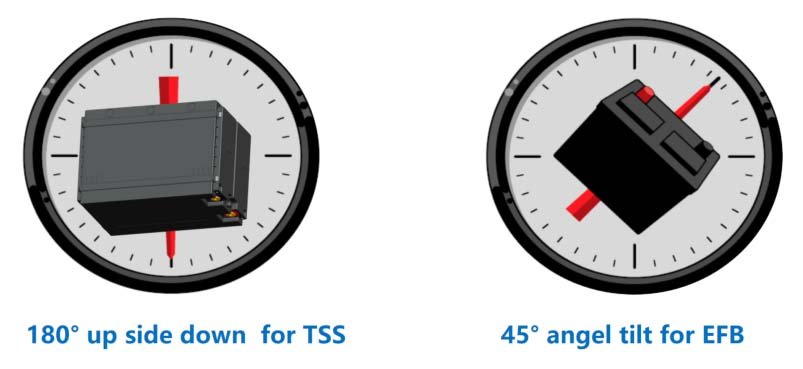
From March 14 to 18, 2021, horizontal bipolar battery testing was conducted on a certain type of armored vehicle in a support regiment in the Ali region of Tibet.
According to the test vehicle requirements, three 24V 110Ah horizontal bipolar batteries were connected in parallel for continuous diesel engine starting tests, with battery voltage and power consumption monitored.
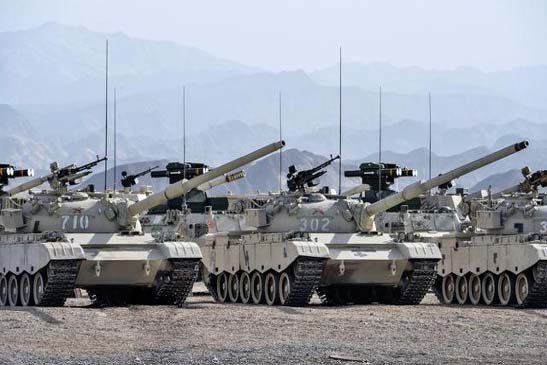
Using low-temperature horizontal bipolar batteries ensures reliable diesel engine starting in low temperatures without damaging the batteries. It also eliminates the need for repeated battery removal and reinstallation and allows prolonged operation of onboard systems without diesel power.
The FAW Jiefang J7 model completed cold-region testing with Xupai 220Ah horizontal batteries, benchmarked against other battery manufacturers in the industry. See test data for details.
Xupai batteries achieved successful startup in a shorter time without intake preheating, demonstrating superior cold-start performance.
